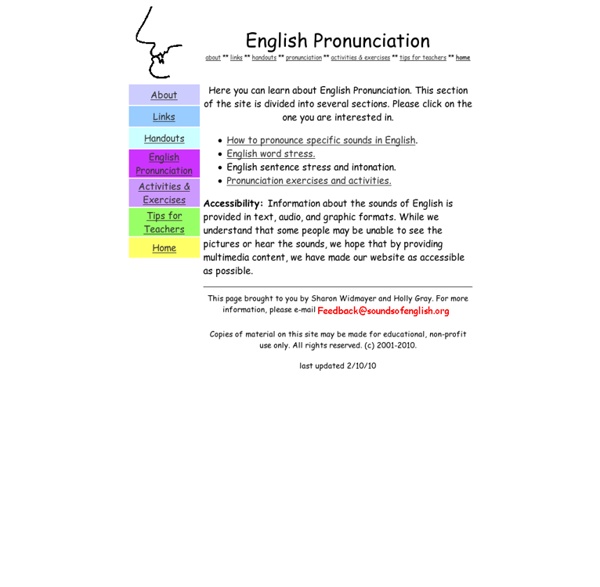



Arthur the Rat | Dictionary of American Regional English "Arthur the Rat" "Arthur the Rat" is a short tale devised to obtain phonetic representation from throughout the country of all phonemes in American English. See full text of the story here. Recordings were made of DARE Informants from all over the United States reading this passage when fieldwork for DARE was done in 1965-70. Following is a merged version of the passage, combining several speakers, each reading a short segment of the passage. Download file Speaker is from Brooklyn, New York; she is a 70-year old white female with a college education: Once upon a time there was a rat who couldn't make up his mind. Speaker is from a rural community in northern Maine; he is a 73-year old white male with a high school education: One fine day his aunt Josephine said to him, "Now look here! Speaker is from Roxbury section of Boston, Massachusetts; she is a young black female with a high school education: "Don't you think so?" One night the rats heard a loud noise in the loft. Want to hear more?
Interactive Phonemic chart by Adrian Underhill - Macmillan English Interactive Phonemic ChartCreated by Adrian UnderhillThis excellent teaching tool gives audio examples of the English phoneme set. Click on the phonemes to hear the sound and a sample word. Find out more about how the chart works and how it can help you in the classroom in a series of exclusive videos with Adrian dedicated to teaching pronunciation skills.Adrian Underhill is the series editor for the Macmillan Books for Teachers and author of Sounds Foundations, the inspiration behind the award-winning Sounds: Pronunciation App. American English Pronunciation Lesson: Wh- question Pitch Boundaries Introduction to wh-questions A wh-question begins with the words who, what, why, when, where, and how. These types of questions seek information and cannot be answered with "yes" or "no." Wh-questions can end with a rising or falling pitch boundary, depending on whether the speaker is truly asking a question, or is masking a suggestion as a question. Rising pitch boundary in wh-question When the speaker holds no assumption as to what the answer will be, and the topic is new, the wh-question is likely to have a rising pitch boundary. Analysis: The rising pitch of this question tells the listener that this is a true question (the speaker does not have any idea of what the answer may be) of a new topic to the conversation. Falling pitch boundary in wh-question If a question is asked while a conversation is in progress, the pitch boundary is more likely to fall. The first question is a yes/no question and uses a rising pitch boundary. To sum up: Rate this material: Discuss this topic in our Forums!